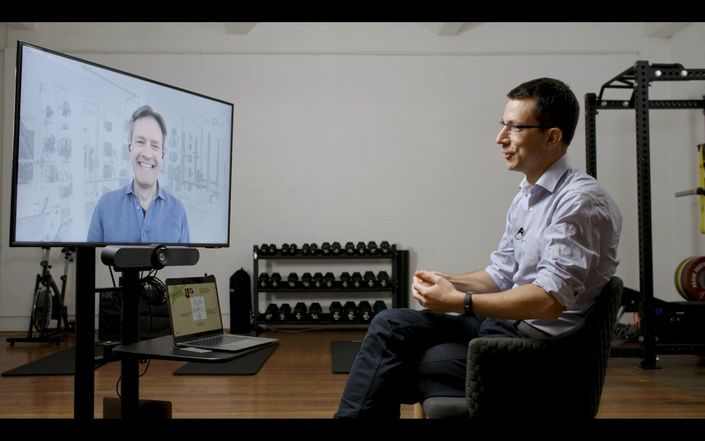Introduction
The Low Back Pain Masterclass, taught by Professor Jan Hartvigsen and Adam Culvenor, provides a complete overview of the assessment and management of Lower Back Pain. This position statement provides clinically relevant, actionable information that may be useful to health professionals.
Part 1: Communication & Clinical Examination
A good consultation with a patient who has lower back pain involves empathetic communication, careful choice of language, exploring what the meaningful activities are to the person and a thorough clinical examination to rule out red flags.
- Patient’s expectation for recovery directly influences prognosis therefore, try to de-escalate unhelpful beliefs that patients may hold onto.
- The clinician should be cautious about how they respond to their patient’s pain, because indirectly, the clinician may be reaffirming their false beliefs.
- A detailed physical examination is crucial to create trust that the clinician is taking them seriously and also for the clinician to gauge the patient’s pain response/behavior.
Part 2: Imaging
- Imaging is a great tool to visualise anatomy, physiology and pathology. If used inappropriately, it may have a harmful effect on patients and place a burden on the healthcare system.
- Findings on a scan is very common in asymptomatic people, therefore it is not always a direct explanation for the patient’s pain.
- Imaging should be diverted unless the clinician is suspecting a serious underlying pathology, radiculopathy that is not improving, high levels of patient anxiety, or if referring for surgical opinion.
- When communicating imaging findings to a patient, the clinician should try to normalise and not emphasise degenerative changes.
Masterclass Preview
Press the PLAY button below and watch the FREE PREVIEW of Jan highlighting the differences between a good and bad therapist interaction with a patient

Part 3: Management
Treatment for people with lower back pain should be the encouragement to live a healthy lifestyle and to learn self management techniques. There is less emphasis on the biomedical problems, rather the attention is now on encouraging a healthy lifestyle and to learn self-management techniques for persistent pain and acute flare ups.
- Clinicians should not over-correct a patient’s exercise technique, instead be promoting movement to improve patient confidence and to develop better problem solving skills.
- Manual therapy can be used if a patient values it or if the patient responds well to it. However, through proper education and choice of language, clinicians should not let the patient develop an unhelpful dependency on manual therapy.
- Clinicians need to follow up on a patient's value based goals, back pain beliefs and continue to build autonomy, self-efficacy and a healthy lifestyle.
Part 4: Common Myths
There are many myths that exist surrounding lower back pain that clinicians and patients should be aware of. These myths can be unhelpful particularly if patients or clinicians continue to believe them.
- The site to apply spinal manipulation when treating spinal pain doesn’t seem to matter for any outcome.
- Imaging does not help to inform treatment or prognosis for non-specific lower back pain.
- Pain is multi-faceted and patients with lower back pain should be treated holistically with the whole view in mind.


